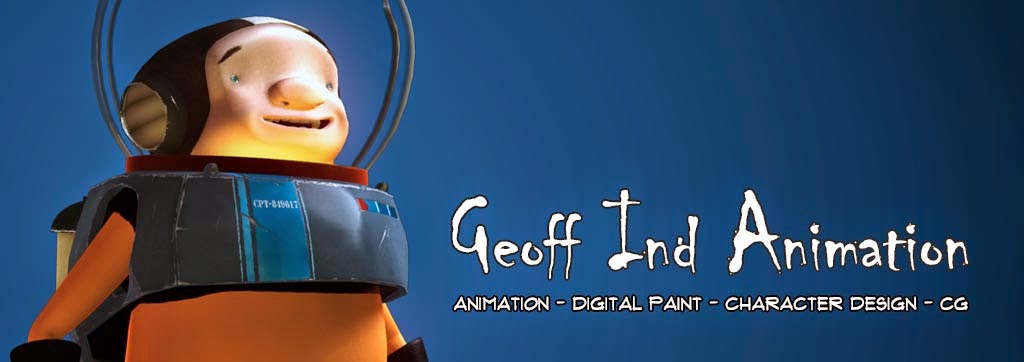I initially designed him for a short film Idea that my wife and I came up with. I still may get back into developing our idea further but for the time being it has been put on a shelf until I have more time to devote to a larger more fully realised short film.
 | |
| Tortoise Orthographic views. |
Take care,
Geoff.





















